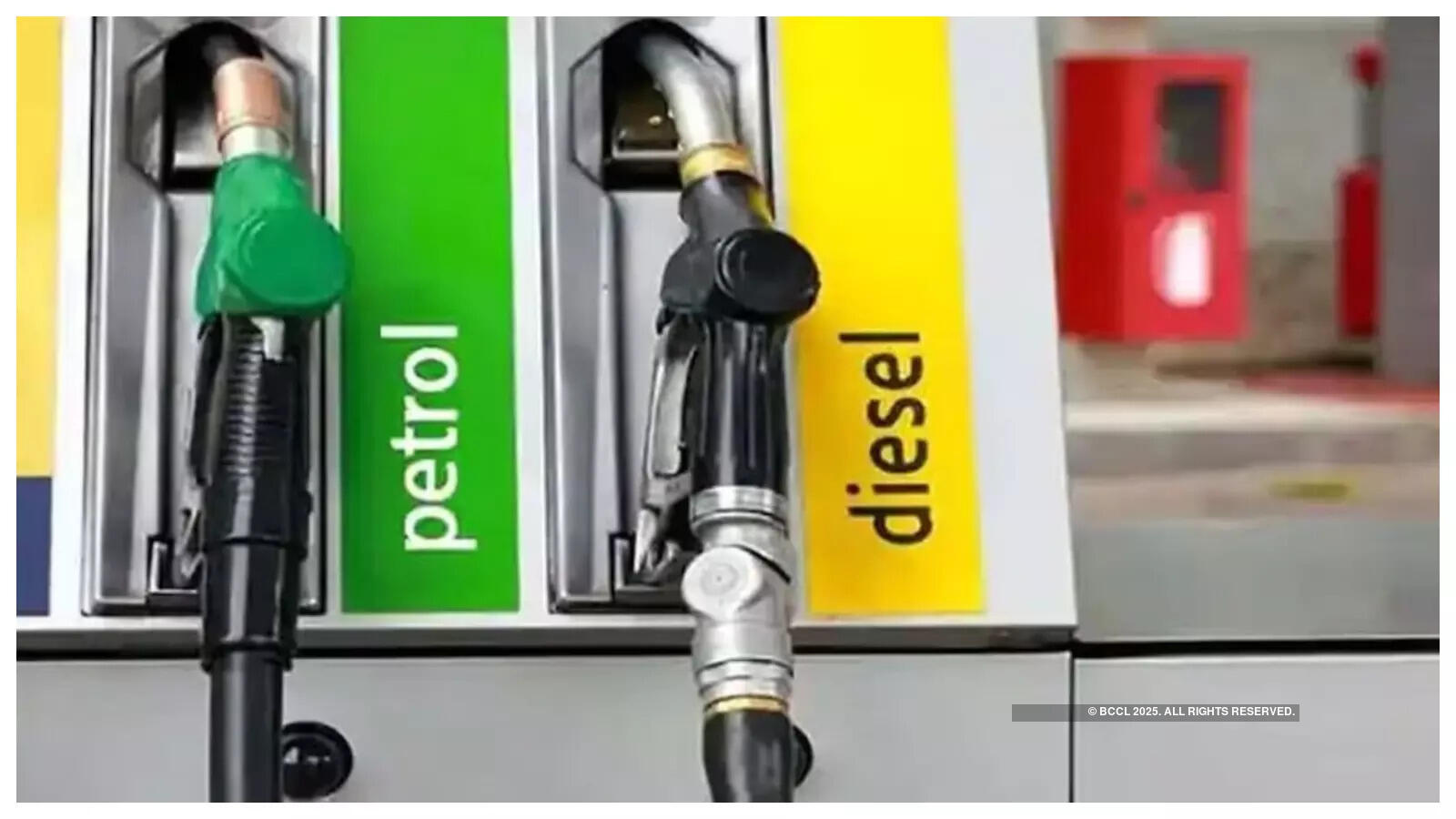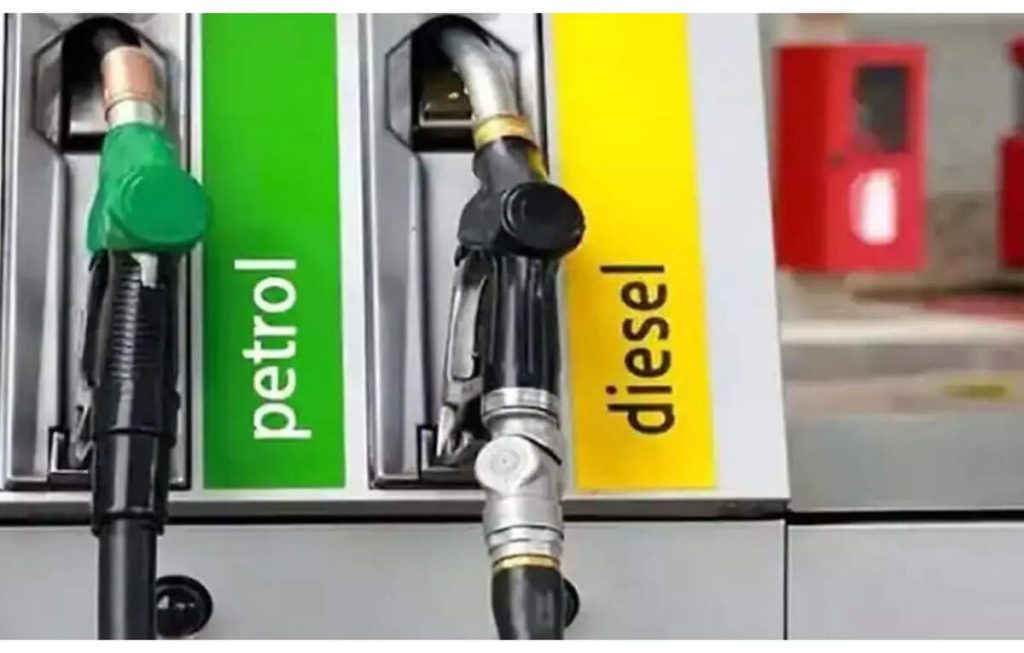
New Delhi: Trucks accounted for 64.2 per cent of the total diesel sold at retail outlets, while two-wheelers consumed 59 per cent of petrol, according to an all-India study conducted by CRISIL Infrastructure Advisory for oil marketing companies and the Petroleum Planning and Analysis Cell (PPAC).
The study, based on surveys at 3,000 high-diesel-selling retail outlets across 212 districts in 20 states and two union territories, aimed to assess the end-use consumption pattern of petrol and diesel. The retail outlets surveyed covered approximately 17 per cent of total high-speed diesel (HSD) sales and around 9 per cent of petrol sales in the country.
According to the report, diesel retail sales were dominated by the transport segment, which comprised 87 per cent of consumption, with trucks leading at 64.2 per cent, followed by private cars (14.3 per cent), buses (4.1 per cent), taxis (3.4 per cent), and three-wheelers (1.4 per cent).
The non-transport segment, accounting for the remaining 13 per cent of diesel sales, included agriculture (4.7 per cent), industry (2.6 per cent), power generation via diesel gensets (1.6 per cent), mobile towers (0.4 per cent), and other uses such as fishing boats and resale (3.4 per cent).
Among zones, the north recorded the highest contribution to diesel sales in the transport segment at 36 per cent, followed by west (24 per cent), south (23 per cent), and east (17 per cent).
Uttar Pradesh (14 per cent), Maharashtra (13 per cent), and Haryana (12 per cent) were the top three states in terms of diesel sales in the truck segment. The average diesel fill size per truck was 130 litres in the north zone, 123 litres in the south, 103 litres in the west, and 86 litres in the east, with an all-India average of 111 litres.
For the bus segment, the retail share was 4.1 per cent, with average per-fill size highest in the north at 125 litres, followed by south (101 litres), west (89 litres), and east (70 litres).
On the petrol side, two-wheelers accounted for the largest share of sales at 59 per cent, followed by private cars (28 per cent), private SUVs (8.62 per cent), taxis (1.91 per cent), taxi SUVs (1.38 per cent), passenger 3-wheelers (0.55 per cent), and goods 3-wheelers (0.69 per cent).
In petrol vehicle segments, the average fill size for SUVs was nearly double that of cars. Fill sizes showed similar patterns across urban and rural retail outlets. SUV share in total car sales increased from 27 per cent in FY17 to 39 per cent in FY21.
CNG vehicles saw a rise during April–September 2021. In the 3-wheeler segment, CNG sales rose 431 per cent year-on-year while petrol and diesel sales fell 23 per cent each. CNG car sales grew 97 per cent on-year during the same period. EV-4W sales increased to 5.66 lakh units in April–September 2021, with EV penetration reaching 0.46 per cent.
In the non-transport diesel segment, agriculture made up 4.7 per cent of retail diesel sales. Uttar Pradesh (20 per cent), Haryana (13 per cent), and Punjab (11 per cent) collectively contributed 44 per cent to diesel sold for agriculture. The north zone accounted for 54 per cent of agricultural diesel consumption.
In the power generation segment, diesel sales through gensets were 1.6 per cent of total diesel, with industrial DG sets at 0.9 per cent, commercial at 0.5 per cent, and residential at 0.2 per cent. Haryana, Uttar Pradesh and Tamil Nadu made up 52 per cent of sales in this segment.
Industrial diesel use stood at 2.6 per cent, with the east zone contributing 37 per cent—led by West Bengal, Assam and Jharkhand—and the south contributing the least at 18 per cent.
Combined retail and direct diesel sales showed trucks consuming 55.4 per cent, private cars 12.4 per cent, buses 5.9 per cent, commercial taxis 2.9 per cent, 3-wheelers 1.2 per cent, railways 2.1 per cent, and aviation/shipping 0.8 per cent. Non-transport use made up 19.3 per cent of the total diesel consumption.
A senior official from the Ministry of Petroleum and Natural Gas said, “This study helps us in better understanding the segment-wise fuel demand and will aid in planning infrastructure and supply-side strategies more effectively.”
The study was conducted quarterly over 12 months, capturing variations from October–December 2020 through July–September 2021, including the impact of COVID-19 restrictions and the subsequent economic recovery.



